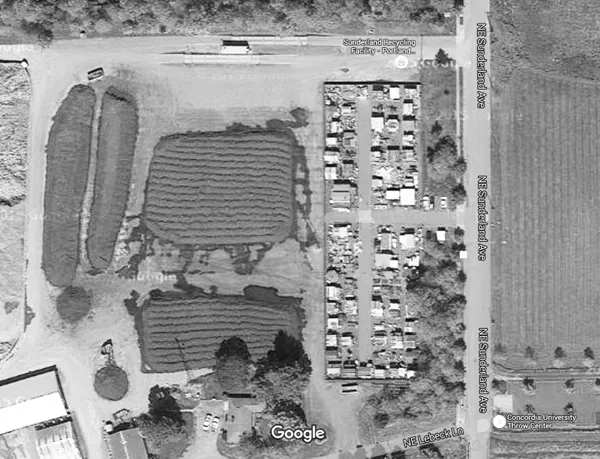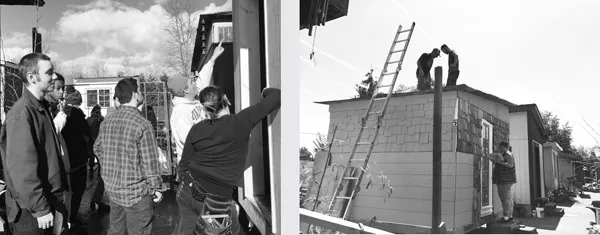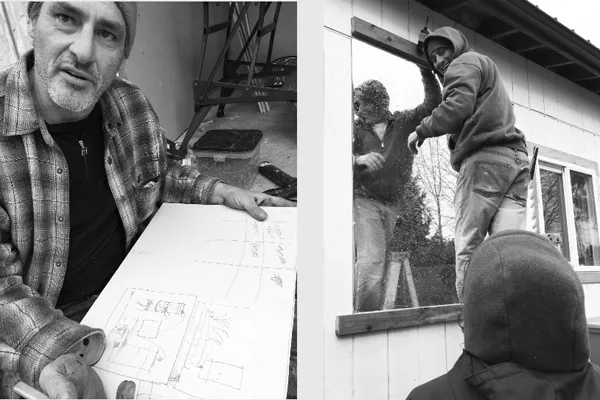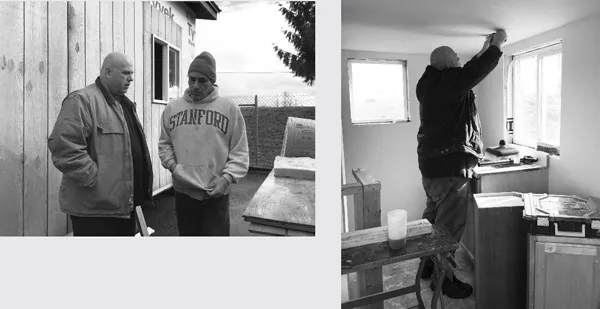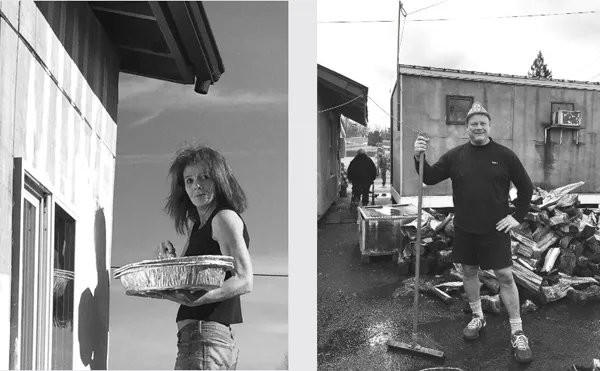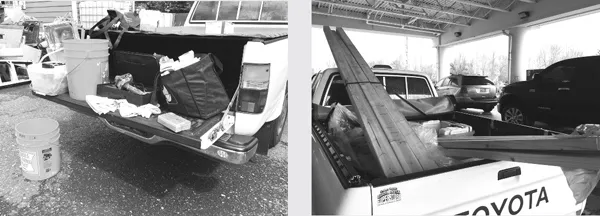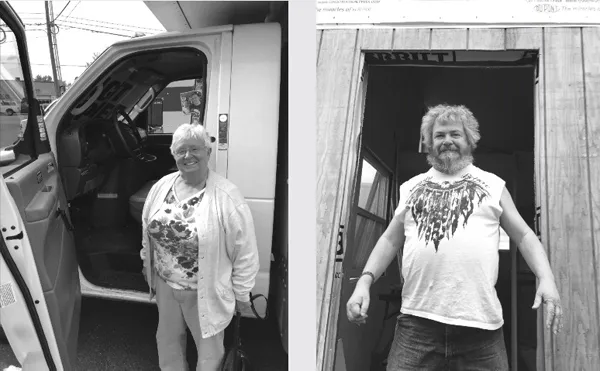
From Birdhouses to Tiny Houses
Courage Changes Everything
Linda C. Pope
- English
- ePUB (adapté aux mobiles)
- Disponible sur iOS et Android
From Birdhouses to Tiny Houses
Courage Changes Everything
Linda C. Pope
À propos de ce livre
Linda Pope is a practical environmentalist with a sense of urgency. Her research has led her to understand that solutions are already abundant. What’s needed are doers who can step outside their comfort zones and simply “be the change.” From Birdhouses to Tiny Houses describes one of Linda’s experiments inenvironmental courage and her students’ willingness to learn hands-on.
The book demonstrates the power of community-based learning in areal-life sustainability project of 60+ college students, 20+ volunteers, 10+ benefactors and an enthusiastic instructor. The sub-title Courage Changes Everything hints at the essence of this book and others from this impassioned author. In her introduction she writes, “We have little to no time to become experts [in sustainability]. Instead, we have to become courageous, to just step up to the edge of experience and dive in. More often than not, our mistakes will be minimal, or reversible, and we will get a jump-start at transforming our neighborhoods and ourselves.”
Portland, Oregon provides the perfect venue for Pope’s experiment: an ecologically-oriented city culture with significant government and NGO support for solutions to complex urban problems like rapid gentrification and homelessness. Pope originally had her students build birdhouses with repurposed materials and ecoroofs. That experience gave her the courage to attempt the construction of a tiny house with her students. By the end of the third term, a fully sustainable tiny house had been constructed at Dignity Village, a city-supported housing alternative near the Portland airport. Tiny house enthusiasts will find great inspiration here, as will advocates for the homeless and crusaders for low-impact buildings. Faculty in Environmental Science programs can use the book as a course text and as a playbook for similar projects. The Sustainability Avatar Learning Community, launched at the AASHE conference in October 2016, provides a hub for change-agent students and faculty to share resources and stories.
Foire aux questions
Informations



